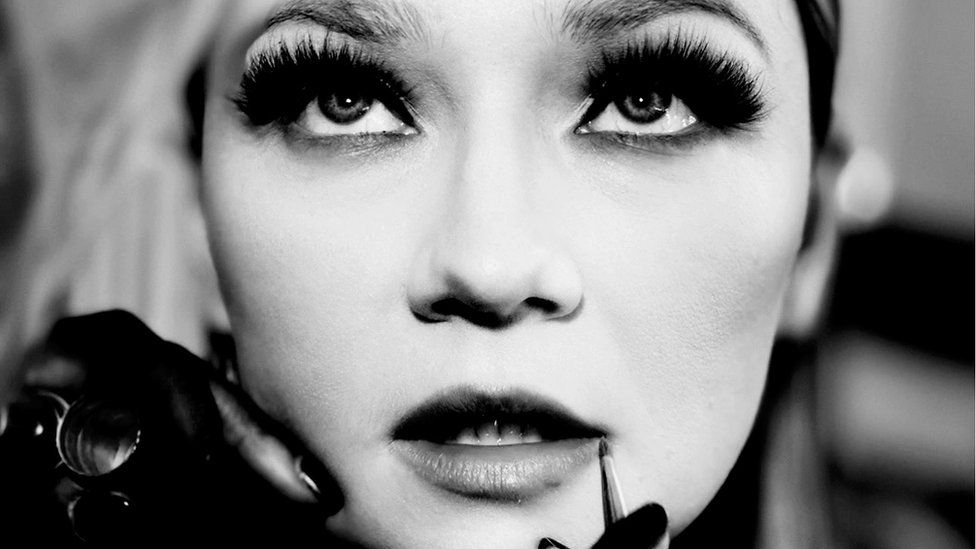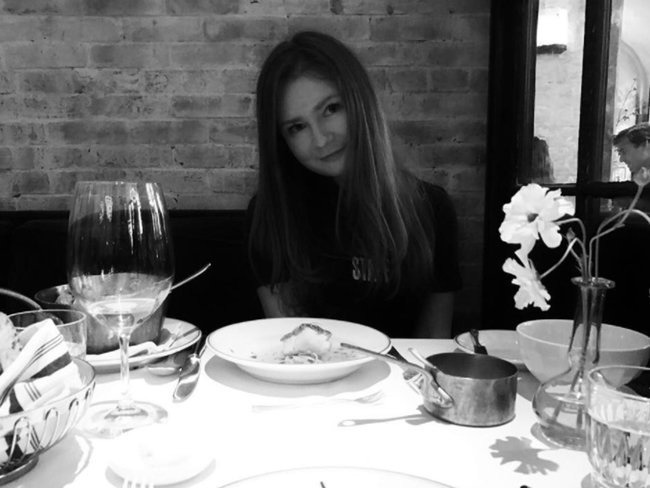
Anna Delvey, Fashion It-Girl
Featured Image: DOUGLAS HIGGINBOTHAM
The chic scammer It-Girls would, of course, have a look. We’ve had the suspects who wore Louboutins — Alexis Neiers herself — Theranos’ very own Steve Jobs, and Anna Sorokin, German billionaire heiress. Although society has criticized their crimes, young girls admire their style and have taken to seeing them as something to aspire to — women with vision, ironically calling them girlboss.
The TikTok girls have taken to idolizing Anna Sorokin, better known as Anna Delvey, of Netflix’s newest drama, Inventing Anna. To understand why we can’t help but feel bad for her, we have to start at the beginning — in London.
Anna first moved to London in order to attend Central Saint Martins College, where she then dropped out and consequently moved to Berlin and then Paris, where she would land an internship at Purple magazine, where she became Anna Delvey. At the end of the summer of 2013, she would arrive in New York City, where she would attempt to launch the Anna Delvey Foundation, a Soho House-esque social club that would allow her to pass the bill to someone else, often.
In Jessica Pressler’s original New York Magazine article entitled Maybe She Had So Much Money She Just Lost Track of It, she details the ease at which she had maintained her luxurious lifestyle. “She saw something others didn’t. Anna look at the soul of New York and recognized that if you distract people with shiny objects, with large wads of cash, with the indicia of wealth, if you show them the money, they will be virtually unable to see anything else…’Money, like, there’s an unlimited amount of capital in the world, you know?’ Anna said to me at one point. ‘But there’s limited amounts of people who are talented.’”

Then comes the question of why we choose to feel bad for her. Why are we idolizing her, looking at her like a fashion icon, a Kim Kardashian of sorts? Why are we painting her out to be our very own version of Mother Theresa?
In standing on the shoulders of complex female characters, essayist Rayne Fisher-Quann discusses the very neuroses that women romanticize, expressed through identities consumed through commodification:
“The aesthetics of consumption have, in turn, become a conduit to make the self more easily consumable: your existence as a Type of Girl has almost nothing to do with
whether you actually read Joan Didion or wear Miu Miu, and everything to do with whether you want to be seen as the type of person who would. And I understand the appeal. At first, relying on complex female characters (or the real women that we adopt as de-facto fiction) to blueprint my neuroses was liberating; eventually, though, it began to feel like a trap. If I can compare myself to just the right amount of things — place myself at the nexus of enough edgy, vaguely feminist media properties — will that eventually start to feel like actualization?”
And that’s what Anna Delvey was aiming to do — to not just be a girl who wore Balenciaga but to be seen as the type of woman who would. She was not nice, nor charming, nor unusually pretty, as noted in Pressler’s article. What she did have, however, was social capital — something that money can’t always buy. Something that we all want.
Anna, from the very beginning, wanted to be seen as the narrative of sentimental success in a world that limits our access to opportunity and money. As The Wire’s Liza Featherstone points out, the heiresses that she scammed do not deserve those clothes or money or yachts anymore than Anna does. Because I deserve this. And more.
In the show, she travels to Ibiza wearing Alexander McQueen, a silk scarf, oversized glasses, and a Dior bag with her name embroidered on it. She wore Oscar de la Renta, Chanel, Givenchy, Prada, Gucci, Valentino, and Celine.
@annadelveycourtlooks, the Instagram account that chronicles her trial looks, is being described as “iconic.” Its most infamous was the sheer black Saint Laurent top paired with Victoria Beckham pants and a black choker necklace. Yes, you heard that right — she had Anastasia Walker, a Glamour magazine staffer, send her Saint Laurent to prison.
In an interview with Elle, Walker discussed styling Anna for trial, “I selected some timeless pieces, given that everything is so public today and [trial] photographs can be saved, potentially, forever.”
Of that, Lauren Frecon, co-costume designer, told The Financial Times that she believed fashion was essential to Delvey’s effectiveness in scamming Manhattan’s elite. “How Anna did what she did is beyond me, but I don’t think it would have worked if she hadn’t looked the part through her clothes, her jewelry, her glasses. She needed to sell that story and say, I am wealthy. I am a German heiress.”


